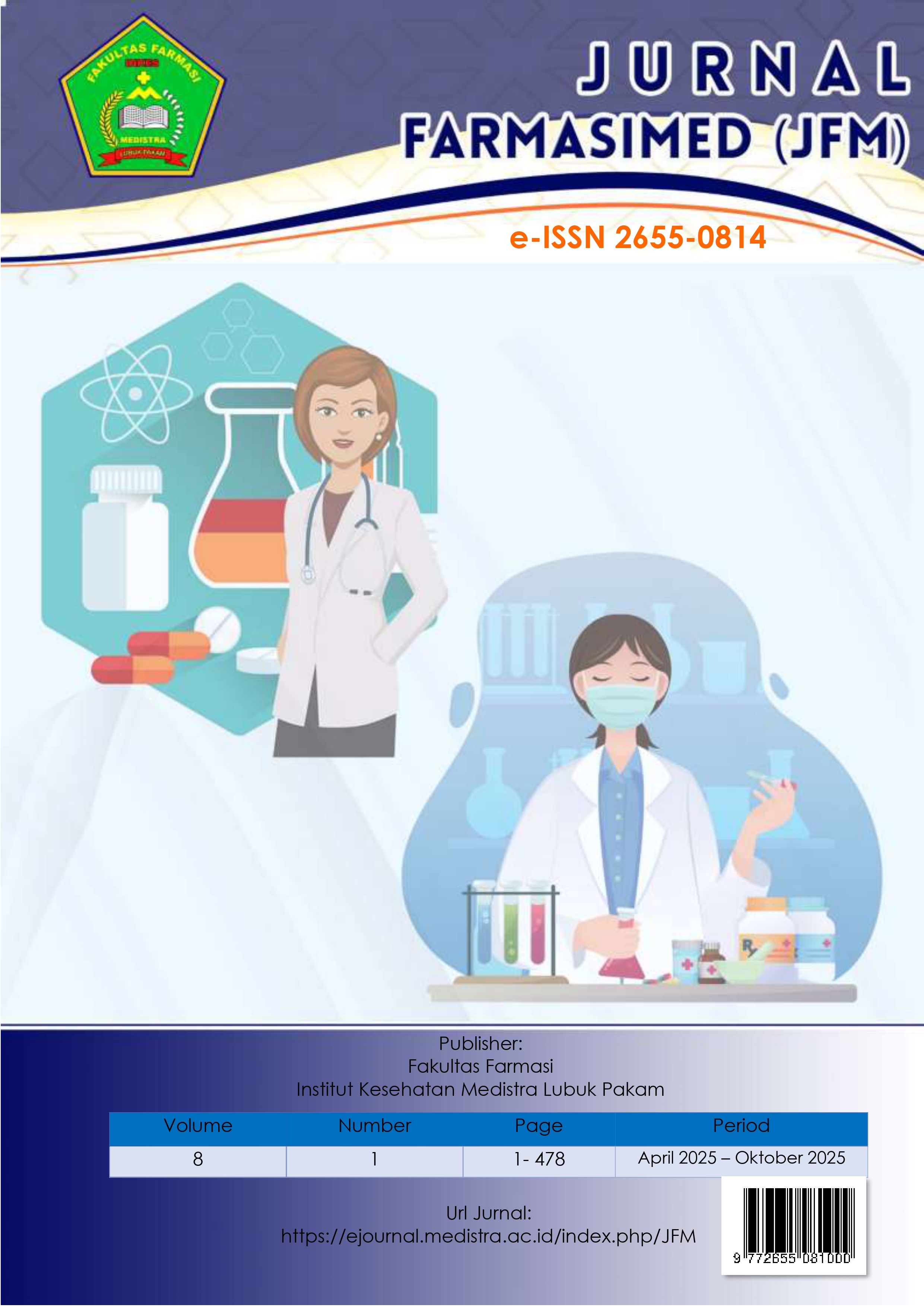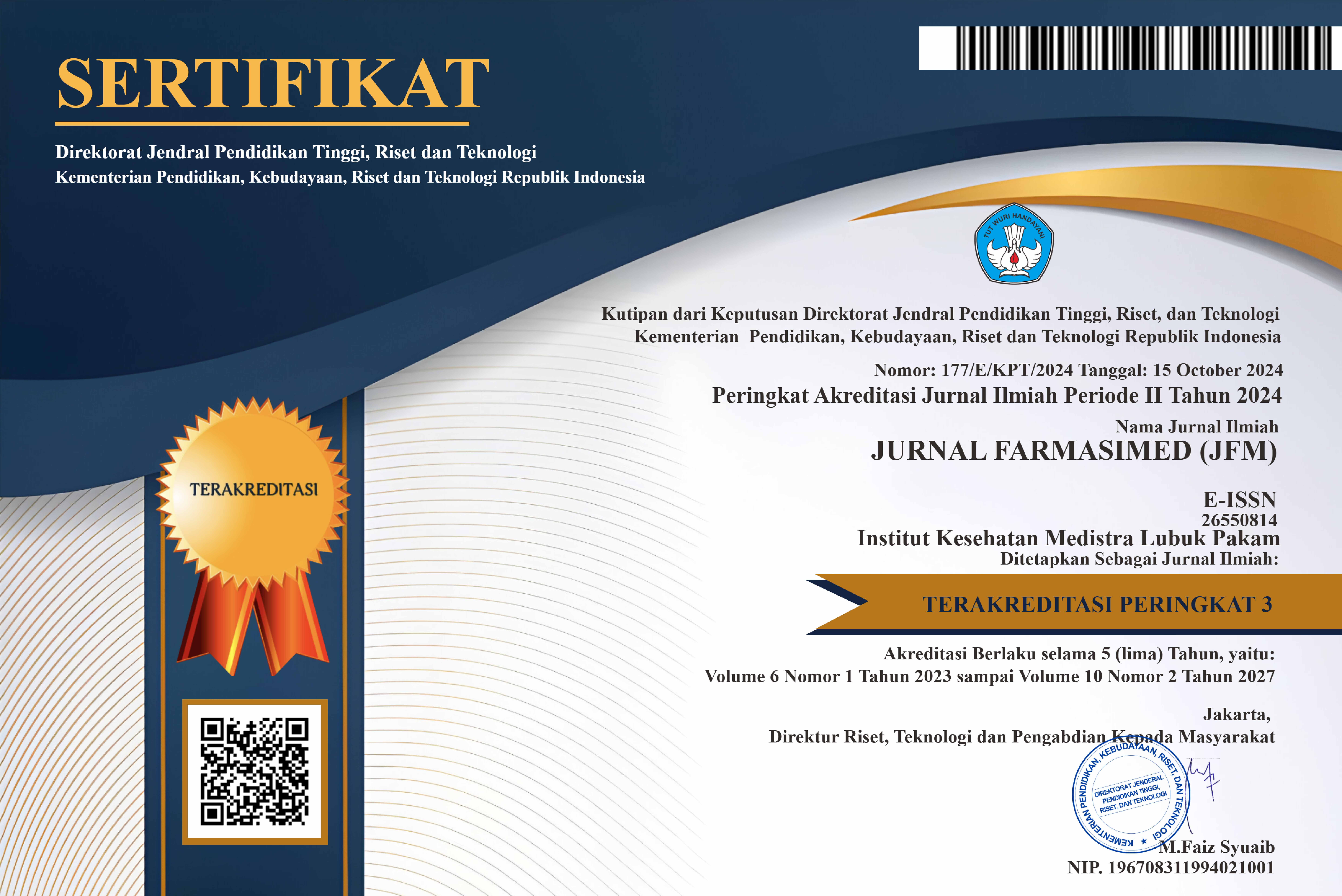Processing of Rice Straw (Oryza sativa) into Activated Carbon and Its Formulation in Facial Cleansing Soap Products
DOI:
https://doi.org/10.35451/cpmerg17Keywords:
Formulation, Rice Straw, Activated Carbon, Facial Cleansing SoapAbstract
Rice straw is an abundant agricultural by-product commonly used as livestock feed or burned as waste. It contains cellulose, hemicellulose, lignin, and silica, which can be processed into activated carbon capable of adsorbing impurities and excess oil from the skin. To date, the utilization of rice straw has been limited mainly to compost fertilizer and planting media. Meanwhile, facial cleansing soaps made from natural extracts, eco-friendly ingredients, and affordable materials are increasingly popular. The objective of this study was to produce activated carbon from rice straw and apply it in the formulation of a facial cleansing soap product.This research employed an experimental laboratory approach with a quantitative descriptive method to determine the effectiveness of rice straw–based activated carbon in facial soap formulations. The procedure began with the carbonization of rice straw powder, followed by characterization of the activated carbon through moisture content analysis, ash content test, and FT-IR functional group analysis. The liquid soap was formulated into three variations and evaluated for its quality through organoleptic observation, pH measurement, cleansing ability test, and oil adsorption test.The results showed that activated carbon derived from rice straw had a moisture content of 8.92%, ash content of 7.68%, and exhibited functional groups such as –OH, aliphatic C–H, aromatic C=C, aldehyde C=O, and alcohol C–O based on FT-IR analysis. The facial soap formulations containing rice straw–based activated carbon demonstrated safe pH values—F1 = 5.46, F2 = 6.04, and F3 = 6.8—and exhibited enhanced cleansing and oil-adsorbing properties, with the highest oil adsorption value reaching 86%. These findings indicate that activated carbon from rice straw can be effectively applied in the formulation of facial cleansing soap that is safe and beneficial for skin health.
Downloads
References
[1] M. N. Nguyen, “Worldwide Bans of Rice Straw Burning Could Increase Human Arsenic Exposure,” Environ. Sci. Technol., vol. 54, no. 7, pp. 3728–3729, Apr. 2020, doi: 10.1021/acs.est.0c00866.
[2] M. J. Saad et al., “Physical and Chemical Properties of the Rice Straw Activated Carbon Produced from Carbonization and KOH Activation Processes,” Sains Malaysiana, vol. 48, no. 2, pp. 385–391, Feb. 2019, doi: 10.17576/jsm-2019-4802-16.
[3] N. O. Appazov et al., “Obtaining Biochar from Rice Husk And Straw,” Ser. Chem. Technol., pp. 66–74, Feb. 2021, doi: 10.32014/2021.2518-1491.8.
[4] I. Budiman, R. Amirta, Yuliansyah, B. A. Widyaningrum, and W. Fatriasari, “Activated Carbon for Cosmetics Applications,” in Biomass-based Cosmetics, Singapore: Springer Nature Singapore, 2024, pp. 217–237. doi: 10.1007/978-981-97-1908-2_10.
[5] P. Kumari et al., “Exploring clinical effects and usage patterns of a daily face cleanser enriched with glycolic acid, aloe vera, and vitamin-E for acne management: a post-hoc analysis,” Int. J. Res. Dermatology, vol. 9, no. 6, pp. 334–341, Sep. 2023, doi: 10.18203/issn.2455-4529.IntJResDermatol20232835.
[6] S. Wulandari, A. R. Niasari Silaen, and S. Wahyuni, “Formulation of Solid Bath Soap Preparations of Purple Sweet Potato Ethanol Extract (Ipomea Batatas L) As A Skin Moisturizer,” J. Farm., vol. 4, no. 2, pp. 80–84, Apr. 2022, doi: 10.35451/jfm.v4i2.1018.
[7] T. Pattananandecha, S. Ramangkoon, B. Sirithunyalug, J. Tinoi, and C. Saenjum, “Preparation of High Performance Activated Charcoal from Rice Straw For Cosmetic and Pharmaceutical Applications,” Int. J. Appl. Pharm., vol. 11, no. 1, p. 255, Jan. 2019, doi: 10.22159/ijap.2019v11i1.30637.
[8] S. M. Mamnu’ah and M. W. Mustikasari, “Pembuatan Masker Wajah dengan Karbon Aktif dari Sekam Padi dan Ekstrak Buah Mengkudu,” Institut Teknologi Sepuluh November, 2018. [Online]. Available: https://repository.its.ac.id/56949/
[9] A. I. Maelani, M. N. Indro, and G. Pari, “Pembuatan Karbon Aktif Dari Jerami Padi Menggunakan Activating Agent H3po4.,” IPB University, 2015. [Online]. Available: https://repository.ipb.ac.id/handle/123456789/78559
[10] I. ASTM, “Test Methods for Moisture in Activated Carbon,” Apr. 01, 2023, ASTM International, West Conshohocken, PA. doi: 10.1520/D2867-23.
[11] F. Dai, Q. Zhuang, G. Huang, H. Deng, and X. Zhang, “Infrared Spectrum Characteristics and Quantification of OH Groups in Coal,” ACS Omega, vol. 8, no. 19, pp. 17064–17076, May 2023, doi: 10.1021/acsomega.3c01336.
[12] N. N. Nurlian, S. Sulhatun, S. Suryati, M. Meriatna, and A. Muarif, “Pembuatan Sabun Mandi Padat dengan Penambahan CHarcoal dariTempurung Kemiri,” Chem. Eng. J. Storage, vol. 2, no. 2, pp. 45–56, Jun. 2022, doi: 10.29103/cejs.v2i2.7233.
[13] M. P. Divya et al., “Preparation and characterization of activated carbon from commercially important bamboo species in north eastern India,” Adv. Bamboo Sci., vol. 11, p. 100148, May 2025, doi: 10.1016/j.bamboo.2025.100148.
[14] R. Irwanto, S. D. Apriani Girsang, W. Maria Ginting, and R. Novia, “Ethanol Extract Liquid Soap Formulation Leaves of Celery (Apium graveolens L.) AGAINST Escherichia coli BACTERIA,” J. Farm., vol. 5, no. 2, pp. 157–165, Apr. 2023, doi: 10.35451/jfm.v5i2.1584.
[15] F. H. Harahap, D. Larasati, and F. W. Kautsari, “Formulasi Sabun Padat Berbasis Ekstrak Etanol Daun Pegagan (Centella asiatica (L.) Urban) dan Evaluasi Karakteristik Fisik,” J. Pharm., vol. 3, no. 1, pp. 30–35, 2025, doi: 10.30989/jop.v3i1.1641.
[16] Z. Li, Y. Li, and J. Zhu, “Straw-Based Activated Carbon: Optimization of the Preparation Procedure and Performance of Volatile Organic Compounds Adsorption,” Materials (Basel)., vol. 14, no. 12, p. 3284, Jun. 2021, doi: 10.3390/ma14123284.
[17] N. A. M. Barakat, O. M. Irfan, and H. M. Moustafa, “H3PO4/KOH Activation Agent for High Performance Rice Husk Activated Carbon Electrode in Acidic Media Supercapacitors,” Molecules, vol. 28, no. 1, p. 296, Dec. 2022, doi: 10.3390/molecules28010296.
[18] B. Aritonang, A. H. Ritonga, K. Harefa, D. Y. Wiratma, and Herlina, “Purification of used Cooking Oil using a Combination of Activated Carbon and Bentonite Adsorbents,” J. Farm., vol. 7, no. 1, pp. 31–40, Oct. 2024, doi: 10.35451/jfm.v7i1.2331.
[19] S.-H. Kuo, C.-J. Shen, C.-F. Shen, and C.-M. Cheng, “Role of pH Value in Clinically Relevant Diagnosis,” Diagnostics, vol. 10, no. 2, p. 107, Feb. 2020, doi: 10.3390/diagnostics10020107.
[20] P. Vargas-Escobar, O. Flórez-Acosta, and L. L. Corrales-García, “Renewing the potential of rice crop residues as value-added products in the cosmetics industry,” Heliyon, vol. 10, no. 7, p. e28402, Apr. 2024, doi: 10.1016/j.heliyon.2024.e28402.
Downloads
Published
Issue
Section
License
Copyright (c) 2025 Regina Elianda Tampubolon, Suci Wulandari, Jhon Patar Sinurat, Reh Malem Br Karo

This work is licensed under a Creative Commons Attribution-NoDerivatives 4.0 International License.
Copyright in each article is the property of the Author.

























